


STATEHOUSE CALENDAR


Time
May 6 - June 16Location
North HallwayThe Ohio Statehouse
1 Capitol Square
Columbus, OH 43215
Description
The Lincoln Memorial in Washington DC celebrates it’s 100th anniversary this year. The building and statue were dedicated on May 30, 1922. Learn more with an exhibit at the Ohio Statehouse in May courtesy of the State Library of Ohio.
Celebrating 100 Years of Lincoln Memorial
This exhibit features state and federal government documents and other published information about the planning, building, and opening day dedication of the Lincoln Memorial, as well as other key moments in history at the memorial. The display includes original reports and other writings, and facsimiles of publications and photographs downloaded and printed from digital libraries.
Beginning in 1867 and continuing for over 40 years, numerous associations and commissions were formed and legislation proposed before Senate No. 9449 passed on January 9, 1911. The act to provide a commission to secure plans and designs for a monument or memorial to the memory of Abraham Lincoln was signed by President William H. Taft on February 9, 1911. The act authorized an expenditure of $2,000,000.
The chair of the Lincoln Memorial Commission was President Taft. He held this post during his tenure as president and oversaw the planning and selection of the site for the memorial. Henry Bacon was selected as the architect and Daniel Chester French was commissioned to design the statue of Lincoln, which could be no less than 10 ft. in height above the pedestal. On January 29, 1913, Congress approved plans by Bacon for the Memorial on the site in Potomac Park. On February 12, 1914, at noon, the contractors for the foundation of the Memorial broke ground at the northeast corner of the site.
The Memorial was finally finished in early 1922 and the dedication was held on Decoration Day (now known as Memorial Day), May 30, 1922. The dedication was attended by an estimated 50,000 people, well above the 3,500 invitations that were sent out. Featured speakers included President Warren G. Harding, former President and Chief Justice of the United States William Howard Taft, and Dr. Robert Russa Moton, principal of the Tuskegee Institute. Abraham Lincoln’s eldest son, Robert T. Lincoln, was also a speaker at the dedication.
Since its dedication, the Lincoln Memorial has been visited by nearly all U.S. Presidents, the site of significant speeches and performances, and a final destination of numerous walks by groups to raise awareness of challenges in America.
More information.
https://www.nps.gov/linc/linc100.htm
https://www.nps.gov/linc/index.htm
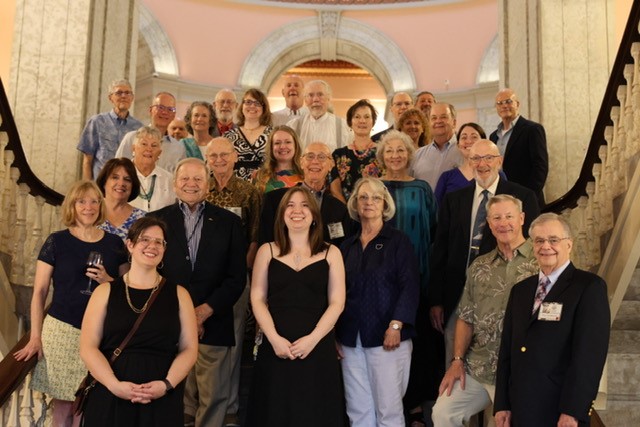 2025 Volunteer Appreciation Dinner
2025 Volunteer Appreciation Dinner America 250-Ohio
America 250-Ohio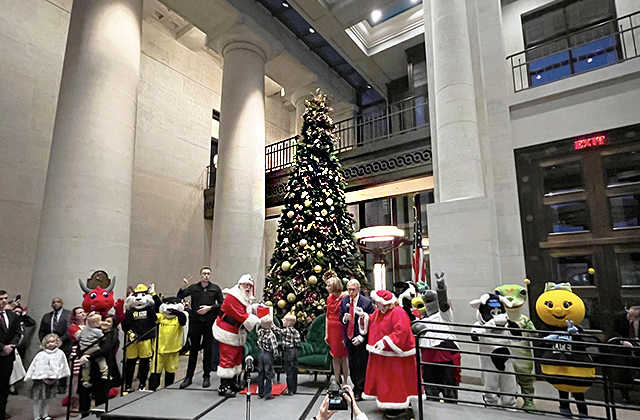 Holiday Festival and Tree Lighting 2024
Holiday Festival and Tree Lighting 2024 Holiday Santa Photos 2024
Holiday Santa Photos 2024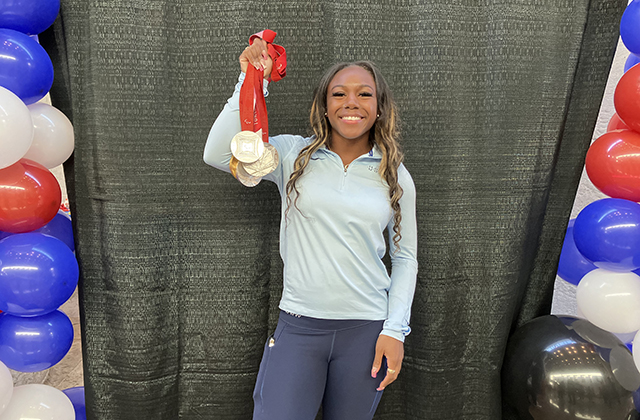 2024-11-03 Olympic and Paralympic Celebration
2024-11-03 Olympic and Paralympic Celebration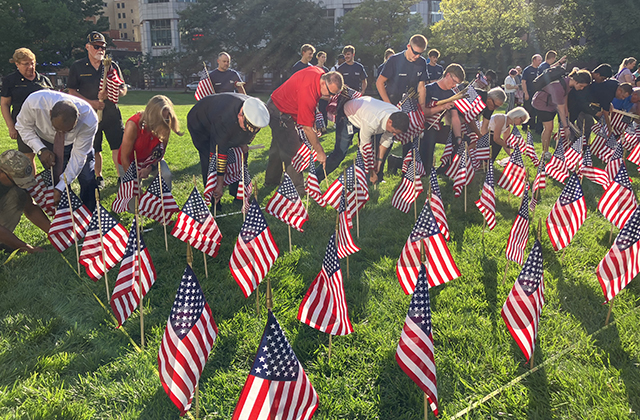 Flags for 9-11 in 2024
Flags for 9-11 in 2024 Ohio Constitution Videos
Ohio Constitution Videos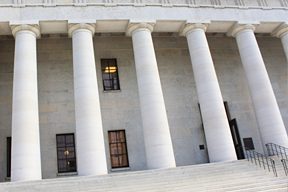 Ohio Statehouse Videos
Ohio Statehouse Videos






